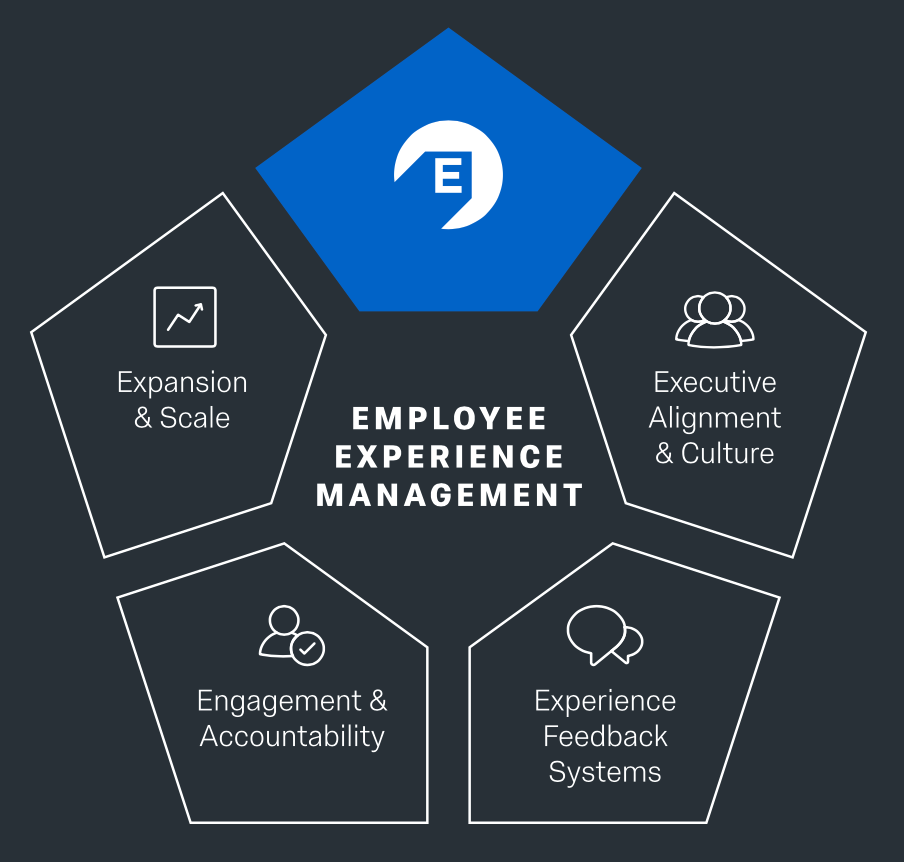According to an IDC Asia-Pacific study, only a mere 35 percent of employees across the region are moderately satisfied and engaged at work. In fact, 28 percent of employees surveyed are very likely to switch jobs if an opportunity arises. With the rising issue of brain drain and talent shortage in the region, tracking and managing employee experience is increasingly important in helping Asia-Pacific companies understand how employees are faring at work and prevent employee defection.
“At most companies there is a significant gap between employee expectations and the delivery of a world-class employee experience. This gap is causing companies to lose good employees who could very well turn into tomorrow’s leaders,” said Benjamin Granger, Employee Experience Expert, Qualtrics.
“Great experiences engage employees and deliver ongoing opportunities for learning, development, and progression, which in turn increase that employee’s contribution and commitment to the company. This lengthens the amount of time an employee stays with the company in an engaged and productive state,” Granger added.
Qualtrics’ employee experience management platform measures employee experiences across the entire employee lifecycle, automatically prioritizing key drivers of engagement and experience. Powered by a predictive intelligence engine, it eliminates the need for manual analysis and automatically surfaces deep insights that help organisations make important HR decisions.
The company claims that by delivering real-time, role-based insights to the right people, managers and leaders can now uncover areas of weakness, take action, and drive critical organisational outcomes.
Qualtrics offers a free EX diagnostic that provides a customized assessment of employee experience at any organization. Measured against the Four Pillars of EX Success—Qualtrics’ proven methodology for EX program success—the diagnostic evaluation includes an individualized report with a full description of what can be done to improve an existing EX program to achieve better organizational and financial results.
The methodology provides practical guidance on:
Executive Alignment & Culture: Establishes a culture of feedback and transparency driven by executive leaders who see feedback as an integral driver of employee experience and organisational improvement.
Experience Feedback Mechanisms: Captures feedback at every stage of the employee journey–from recruitment to exit–to identify and optimize key experiences and engagement drivers.
Engagement & Accountability: Empowers managers and leaders to take action and improve their teams by giving them the tools they need to visualize feedback, analyse data, and build action plans.
Expansion & Scale: Creates a flexible, scalable, and integrated employee experience program that enables you to continually test and innovate as well as connect employee experience data with customer, brand, and product experience data.

